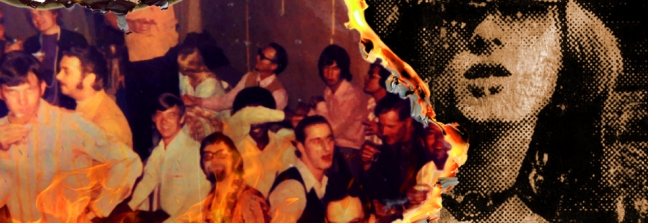In the summer of 1973, while gays and lesbians across the United States were celebrating the fourth anniversary of the Stonewall Riots in New York City with parades in several major cities, the disorganized LGBTQ community in New Orleans made little effort to hold any official gay pride events. Sunday, June 24, marked the end of the few small-scale celebrations the city witnessed. Among these was an all-you-can-drink beer bust held at a small gay bar, hidden away on the second floor of a nondescript brick building on Chartres Street, called The Upstairs Lounge.
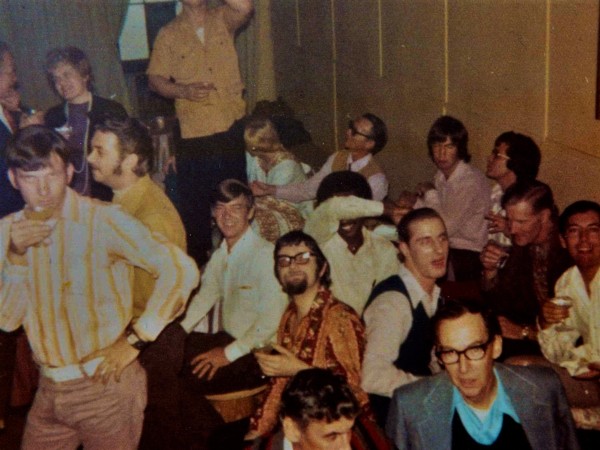
A can of lighter fluid was purchased by an unidentified man at a nearby drugstore minutes later.
Shortly after 7:00 PM, a man approached the front of the Upstairs. He opened the heavy steel entrance door and tossed a Molotov cocktail. Before fleeing the scene, he padlocked the door. The flames quietly smoldered between the two closed doors. Then, the taxi buzzer rang. Herbert thought it was peculiar, since no one there had called for a taxi. He asked Luther Boggs to let the cabbie know that there was no one needing a ride. As Luther opened the stairwell door, the influx of air fanned the flames. Within seconds, a fireball engulfed the entire bar.
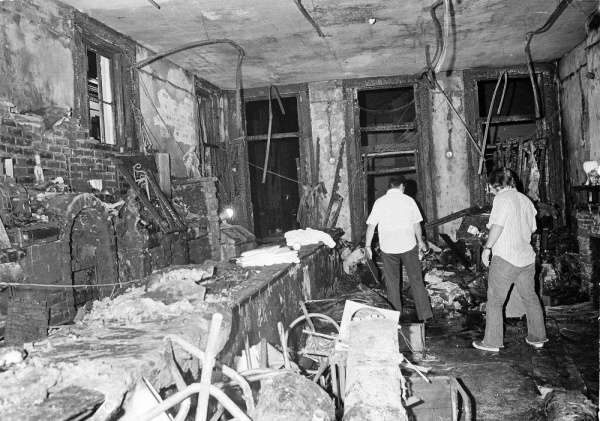
From the windows, the trapped crowd cried for help and tried desperately to squeeze their way through the solid iron bars covering the openings, some leaping into a panicked heap on the Iberville Street. From there, a gathering crowd watched in horror as the patrons unable to squeeze through the narrow slots struggled in vain to escape. Reverend Larson was among them. As the flames engulfed him, he cried out, “OH, GOD! NO!” His lifeless body could be seen frozen in his final agonizing moments.
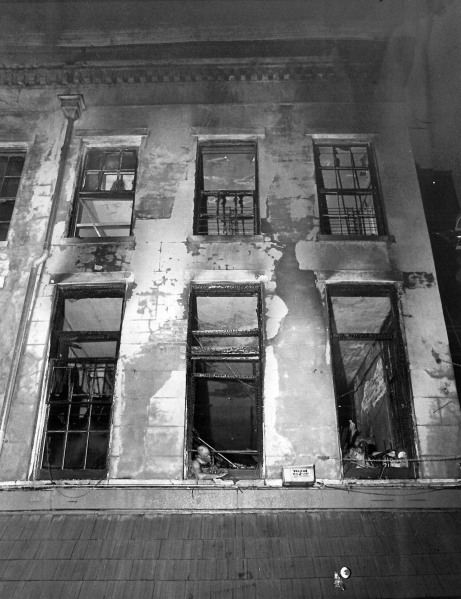
Within two days, the deadliest fire to hit New Orleans in nearly two centuries disappeared from the headlines. Officials and police seemed uninterested in solving the crime. As an ultimate act of disrespect, workers sifted through the charred remnants of the Upstairs Lounge leaving Reverend Larson’s body on full display in the window for several hours. News reports undermined the importance of the incident since it involved “homosexuals” while citizens joked on the streets about the victims being buried in “fruit jars.”

“As long as one brother or sister in this world is oppressed, it is our problem. Names such as faggot, queer, fruit, and fairy are the language of the bully and the bigot—insensitive, stupid labels that will never put us down. Those human beings—our friends—who died so horribly, have dignity now. It does not matter what unknowledgeable people have stooped to say; our friends will always have respect because they are forever in our hearts. The memory of our love ones is so viable that I can almost feel their presence. If they could speak they would tell us to hold out heads up high.”
Though Dubose later bragged about committing the crime, he passed a lie detector test and was never charged with arson. One year later, he committed suicide. A second suspect, Roger Nunez, suffered a seizure while being questioned and was taken to the hospital by officers. He eluded law enforcement after being discharged.
The case was closed by the fire marshall’s office in 1980 due to “a lack of leads,” and today the case still remains officially unsolved. Twenty-five years after this horrifying event, the city of New Orleans began its first attempts to make peace with those affected by the fire. A memorial bronze plaque adorns the brick sidewalk of Chartres Street near Iberville Street, memorializing the site. The silent peace offering and apologies of some governmental members may have soothed some of the memories of this tragedy, but some local residents believe that there is no peace to be found above Jimani Lounge.
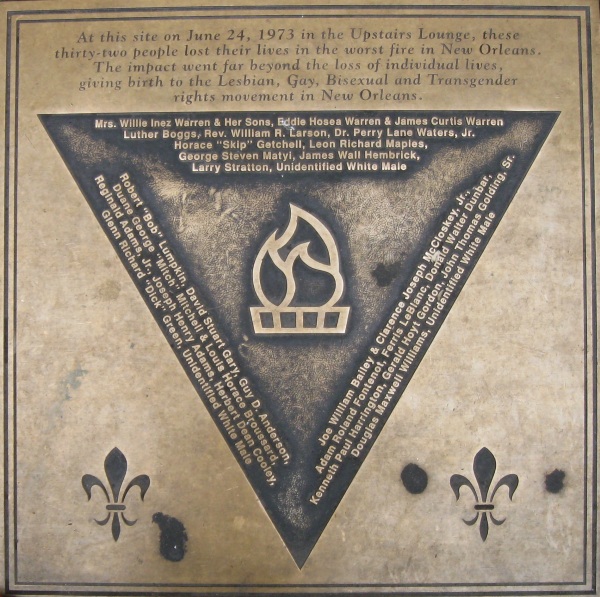
Back in 2009, Aaron Ragan-Fore wrote an essay chronicling his night with a psychic at Jimani Lounge. And in 2012, during Season 8 of Ghost Hunters, TAPS made a trip to New Orleans to investigate the Jimani Lounge and the former site of Upstairs Lounge. The owner contacted the show after witnesses began reporting black apparitions resembling charred bodies, but even before then some staff at the straight sports bar refused to set foot upstairs. The steel door leading to what once was the bar still bears scorch marks from the 1973 flames. Even the bravest of men feel a sense of unease on the stairs. Today, it’s a stopping point for NOLA’s Ghost City Tours.
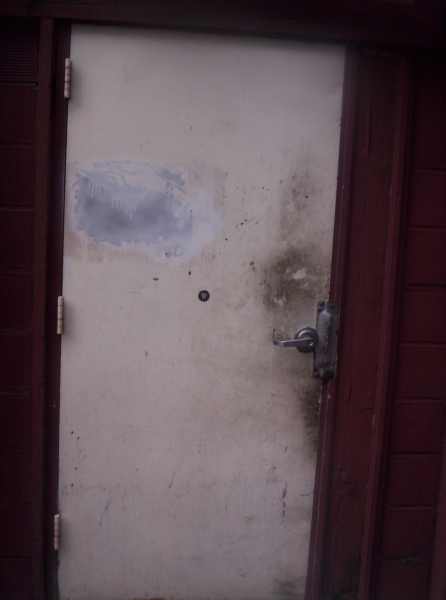
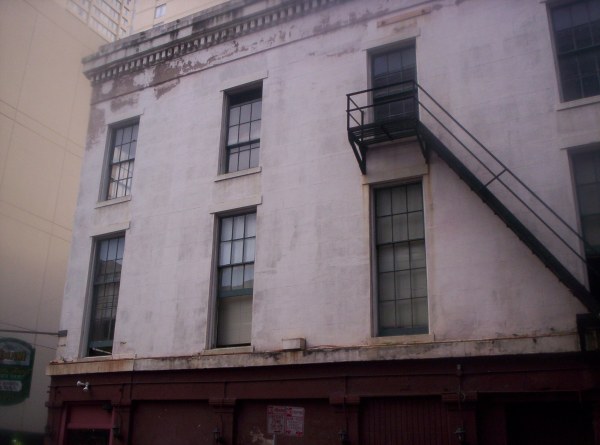
[An earlier version of this article was originally written for Week in Weird.]

